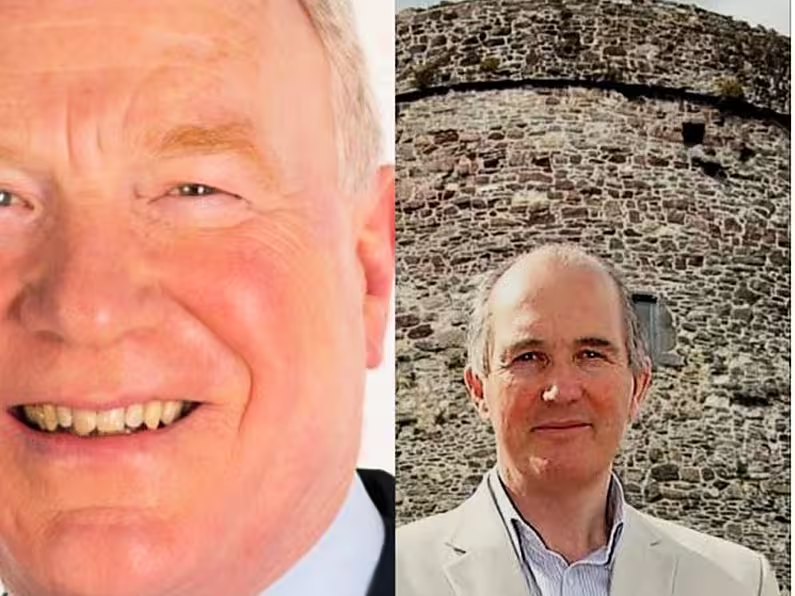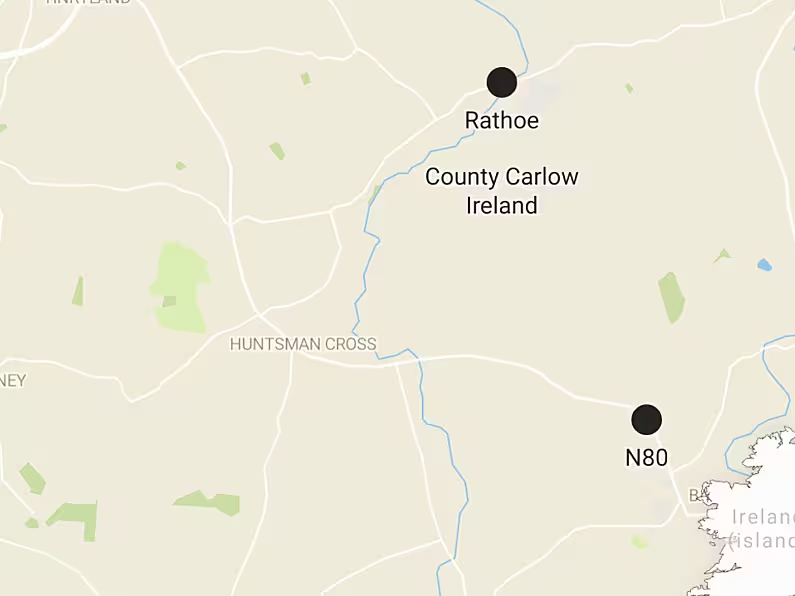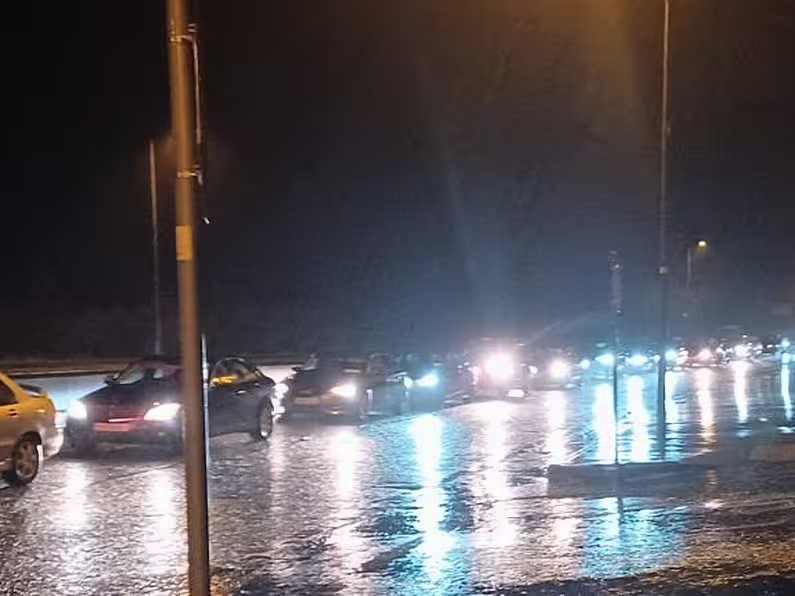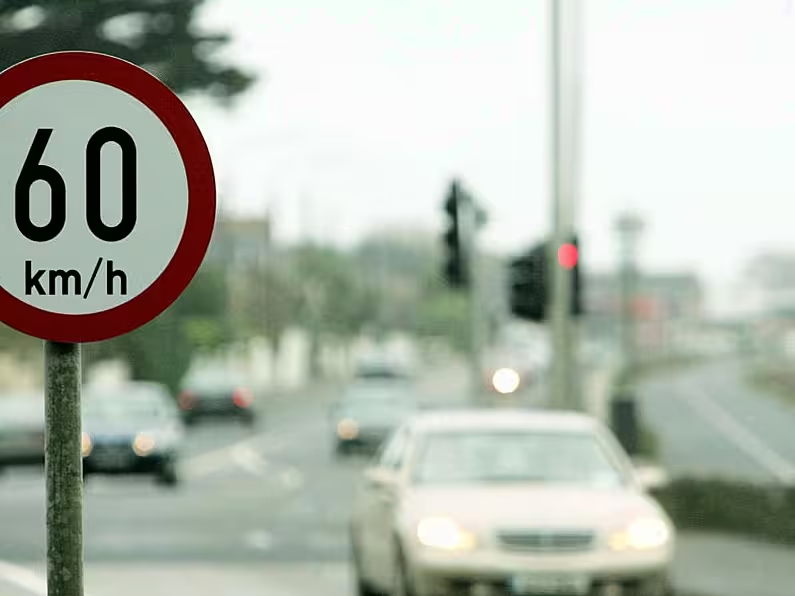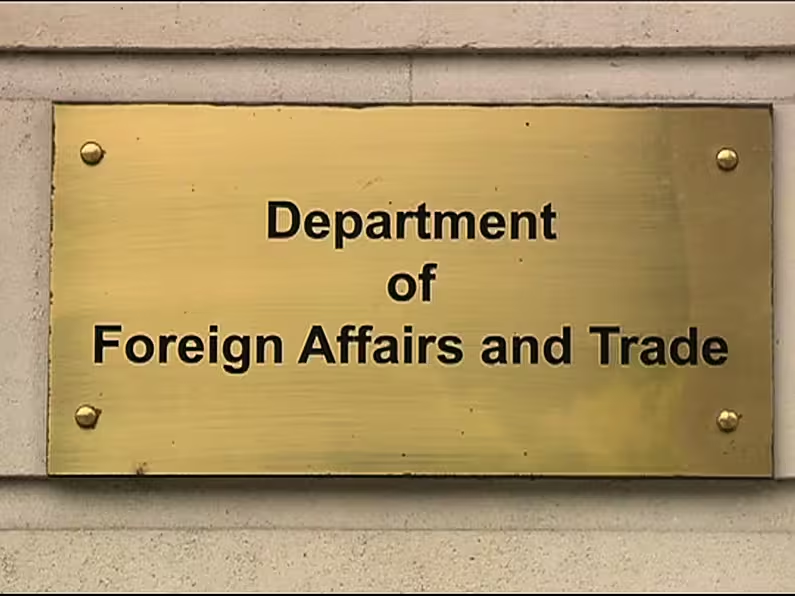Eoin Reynolds
Peter Keating, who pleaded guilty to directing the activities of the Kinahan crime cartel in their failed attempt to murder Hutch gang member James 'Mago' Gately, was himself receiving directions from others, the Special Criminal Court heard on Monday.
Detective Sergeant David Carolan told a sentence hearing on Monday that following the Regency Hotel attack in which Kinahan gang member David Byrne was shot dead, Gately was "one of a number of members of the Hutch organisation who were targeted by the rival gang known as the Kinahan crime organisation."
The detective said an Estonian man named Imre Arakas was brought to Ireland on April 3, 2017 to target Gately. Over the previous days Keating was involved in an operation to locate Gately's Belfast home and track his movements using tracking devices planted on Gately's car and on cars belonging to members of his family.
Mr Justice Tony Hunt, presiding in the three-judge court, adjourned sentencing until September 2nd.
Arakas (62) was jailed for six years in December 2018, having pleaded guilty to conspiring with others to murder Gately in Northern Ireland between April 3rd and 4th, 2017. Arakas was arrested before the planned attack on Gately could be carried out.
Gately was later the victim of another attempted murder in May 2017.
Bulletproof vest
Caolan Smyth (30) of Cuileann Court, Donore, Co Meath was sentenced to 20 years last February for attempted murder in relation to that attempt. Gately, the court heard, wore a bulletproof vest and survived the attack despite being shot five times.
Keating (40), of Rowlagh Green, Clondalkin, Dublin 22, pleaded guilty last month at the Special Criminal Court to directing the activities of a criminal organisation between December 7, 2016, and April 4, 2017, inclusive, within and without the State under Section 71 of the Criminal Justice Act.
Det Sgt Carolan on Monday told Dominic McGinn SC for the Director of Public Prosecutions that Arakas's arrival into Dublin Airport on April 3rd, 2017 was noted by gardai who then watched as he walked around areas of Dublin 1 that are associated with the Hutch organisation. Arakas was seen buying a wig and other items before being collected by a man in a white Mercedes.
Gardaí arrested Arakas early the following morning at Blakestown Cottages and from information on his Blackberry mobile phone, the detective said it became clear that Arakas had been brought to Ireland to target James Gately, who he said was connected to the Hutch organisation.
Phone images
The phone contained images of Gately and text exchanges telling Arakas what to type into Google to find photos of Gately. There was also information pinpointing Gately's Belfast home.
Gardai contacted the Police Service of Northern Ireland (PSNI) who told Gately about the potential, imminent threat to his life. PSNI officers discovered a tracker device on Gately's car and harvested CCTV footage which gardai used to identify Keating and others in the vicinity of Gately's apartment complex on March 28th and 30th, six and four days before Arakas's arrival in Ireland.
Gardai then pieced together Keating's movements on those days and found that on March 28 he travelled to a Dublin Airport short term car park to pick up a blue Peugeot that had been brought to Ireland from Holyhead earlier that day. Keating left his own Volkswagen Caddy in the airport car park and drove to Dundalk, Co Louth where he bought a Garmin satellite navigation (satnav) device. When gardai later seized the device they used it to track Keating's movements.
They found that Keating traveled to Belfast and to College Court, where Gately lived. CCTV at the apartment complex confirmed that Keating had been there, checking the location of CCTV cameras before getting back into the Peugeot.
On March 30th Keating again drove the Peugeot to Belfast, this time with two other men. One of the men went into the car park of Gately's apartment complex at about 11:13am and attached a tracker to the target's Toyota Avensis.
When Gately travelled to Dublin from Belfast later that day Keating was 10 minutes behind him on the same road, the detective said.
Car cleaned
There was further evidence, the garda said, that following the arrest of Arakas, Keating directed one of his co-accused to clean the Peugeot "from top to bottom to ensure all prints are gone off it." The detective also pointed to Keating's arranging to leave Ireland by ferry after finding out one of his co-accused was arrested at Dublin Airport having arrived from Birmingham on April 6th.
Gardai found an image containing serial numbers for five tracker devices on Keating's phone, one of which had been deployed on Gately's partner's car. The phone also contained Instagram images of Gately consistent with the information sent to Arakas to help him identify his target. There was also a reference to Gately being on holiday in Florida over the Christmas period.
Det Sgt Carolan said Keating has 10 previous convictions, mostly for road traffic matters. His most recent conviction was in 2009 in Benidorm, Spain for a "tumultuous brawl" for which he was fined €900. The detective agreed with Hugh Hartnett SC, for Keating, that the accused was taking directions from others.
Hugh Hartnett SC, for Keating, asked the judges to consider that his client is "effectively crippled from the knee down on the left side" from an accident he suffered as a teenager. He has ongoing, permanent difficulty including bone disease and an "unsightly wound", counsel said.
He is, counsel said, a family man who has been involved for many years in organising for a community football team. He had also entered an early guilty plea, saving the court from a potentially lengthy and expensive trial.
Mr Hartnett also pointed out that while Keating pleaded guilty to directing a criminal organisation, it was accepted he was receiving directions from others. Mr Justice Hunt intervened: "He is directing those on the ground, but he is subject to directions."
Sentencing will take place on September 2nd.






